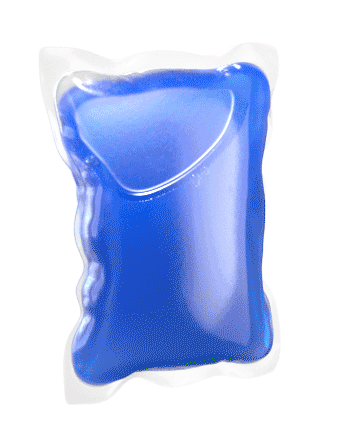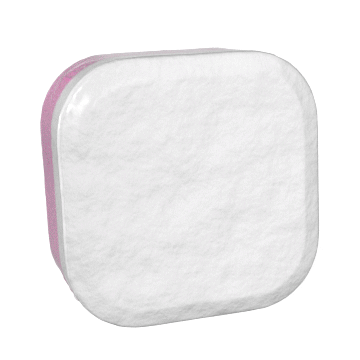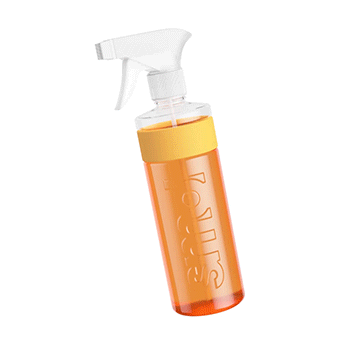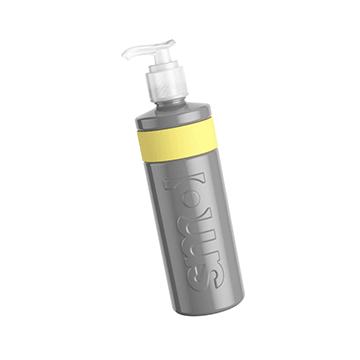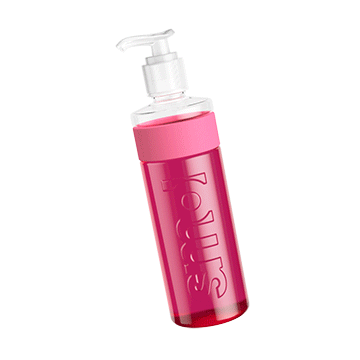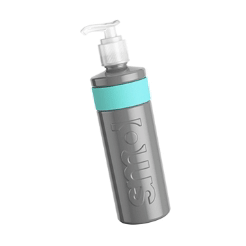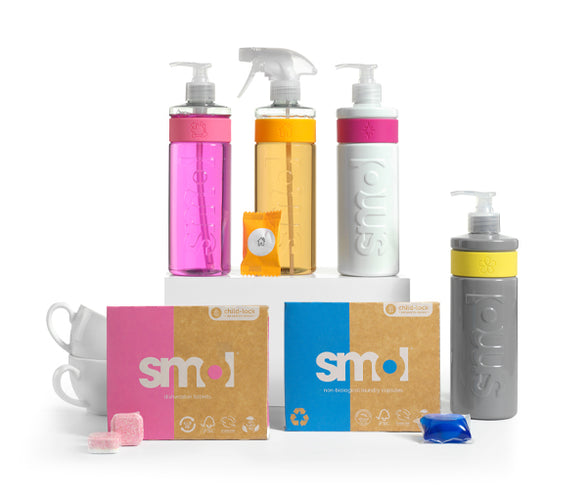
GET LAUNDRY CAPSULE FREE TRIAL
smol bio has always tackled stains, but with its new enzyme the stain removal is stellar.
More on that in a moment; but first, a question…
What’s the difference between a bio laundry detergent and non-bio?
In a nutshell… bio detergent (such as smol bio capsules and bio liquid) contains enzymes and non-bio detergent doesn’t.
so what is an enzyme?
An enzyme is a naturally occurring, biodegradable protein that helps break down particularly tough stain molecules so they can be washed away by the rest of your detergent.
and how do they work?
Imagine the enzymes in your bio detergent as working like tiny pairs of scissors. They are able to snip the bonds between stain molecules, breaking them down into their component parts.
These parts are then washed away by the other cleaning ingredients in a detergent during the wash cycle so they don’t redeposit back onto our laundry.
smol bio has always used 4 super useful enzymes but things are changing… because we’ve now added a BRAND NEW fifth enzyme for some extra powerful, next level stain removal.
1. amylase.
This handy enzyme LOVES to break down starch stains - which is lucky as a large part of the human diet around the world is made up of starches. It’s going to make short work of those ice-cream drips and gravy splatters. Phew.
2. cellulase.
Cellulases help break down stains and dirt that is made up of cellulose; so think grass stains and soil from the garden. If you or your kids play cricket, football or rugby… or you like spending time outdoors in general, a bio detergent with cellulase can be a big help.
3. lipase.
Tough oil and grease stains are where lipase comes into play. We’re talking kitchen oil, engine oil, butter, cosmetics… it’s a very long list and one of the reasons we include this very hardworking enzyme.
4. mannanase.
Mannanase breaks down foods that contain mannans (from guar and locust bean gums). They’re actually quite a hard group of stains to break down so it’s an important enzyme to include. You’ll find it helpful with stains from tomato ketchup, chocolate, ice cream and toothpaste.
5. & now, drum roll please… deoxyribonuclease.
It’s the brand new kid on the block. This groundbreaking enzyme tackles bad odours and discolouration along with all the invisible stains we leave on our clothes day in and day out. It’s bringing a next level hygienic clean to smol bio capsules.
We’re talking skin cells, oils from our skin, sweat and dirt… not only does deoxyribonuclease break down these stains with ease, it can actually prevent them from latching onto fabrics in the first place. Say goodbye to layers of body grime that leave body odour and yellowing on our clothes. This enzyme’s going to help your clothes last longer.

how to get the best results from enzymes.
The key point to remember when you want your bio detergent to tackle stains is to keep your wash temperature low.
Choose wash cycles that are no higher than 40°C because any hotter and your enzymes will no longer work.
It’s worth knowing that over 70% of the carbon footprint from smol laundry capsules comes from how they are used in the home*… choosing cooler washes is the biggest way you can have a carbon-saving impact (and you’ll save money too).
Good news then that both smol bio and non-bio have been tested to give a great clean at 20°C but just remember, if you’re tackling stubborn stains with a non-bio (which doesn’t include enzymes) you may need a higher temperature to break down the stain’s molecular bonds.
So whether you’re a smol bio capsule or smol bio liquid fan, it’s good to know that their superior stain removal at lower temperatures is going to tackle most of our everyday stains with ease. And if you’ve not yet had your smol bio capsule FREE TRIAL… what are you waiting for?
GET STARTED
... with your smol laundry capsule free trial.
* LCA conducted 2020 by eLoop independent sustainability experts.
